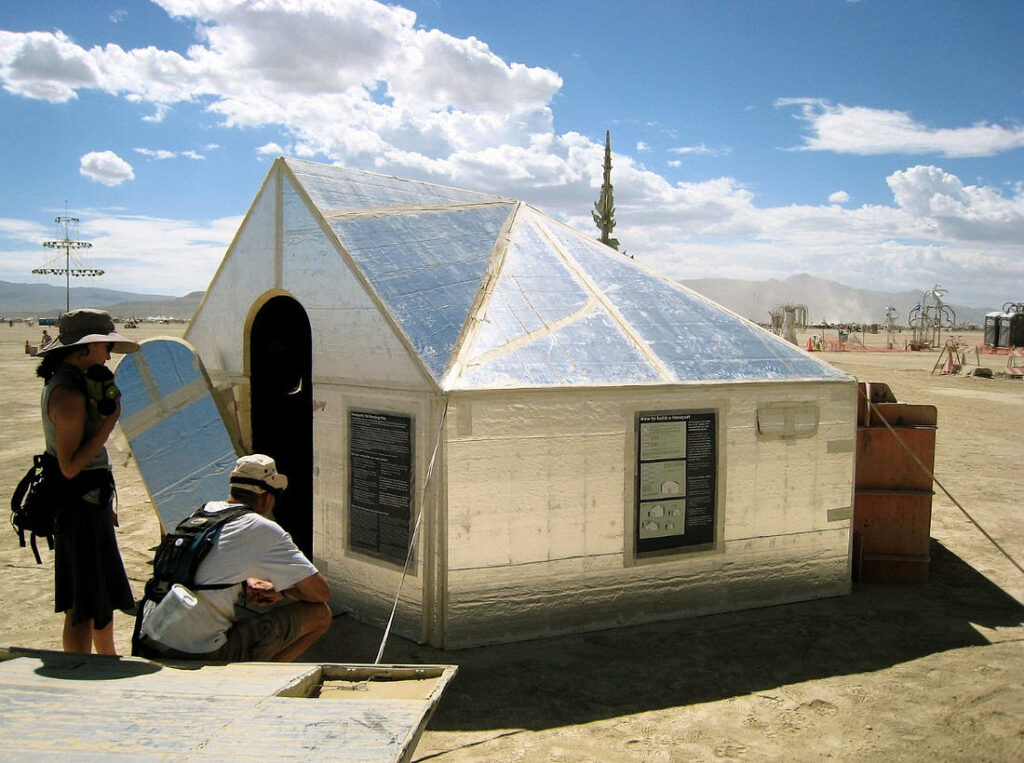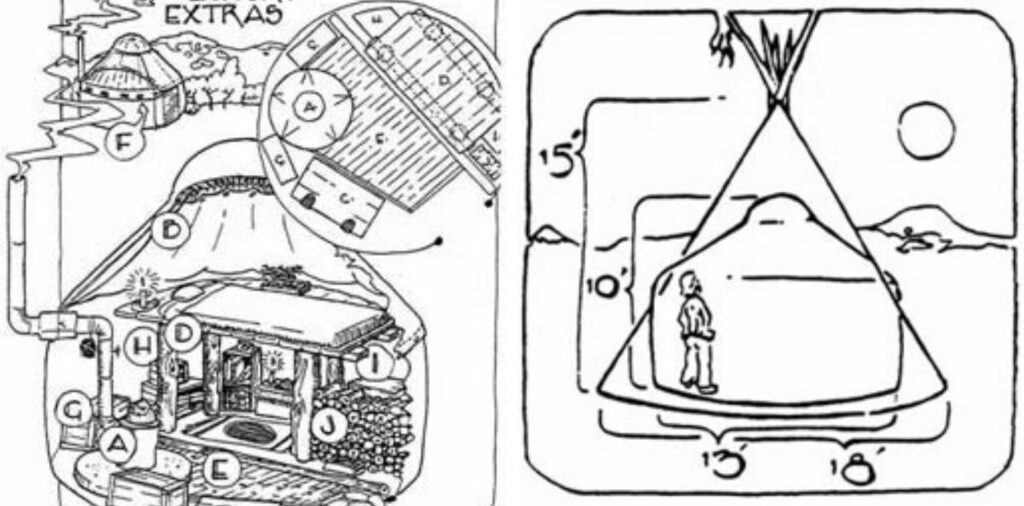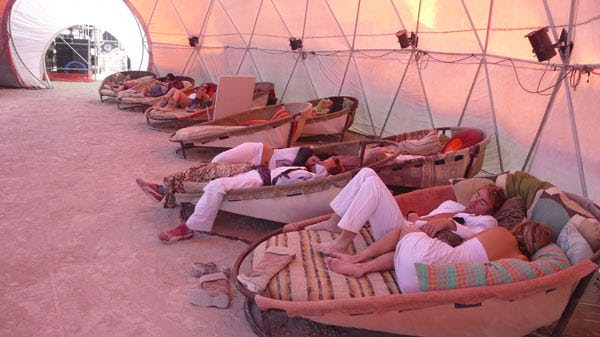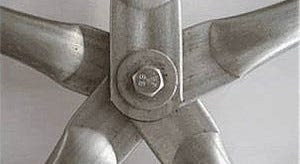Splitboards
Ski up, snowboard down
Snowboarders who like to make their turns in the backcountry used to have to strap on snowshoes or short skis for the approach and climb with their board on their back, then put the approach gear on their back for the ride down. Snowshoers were likely to get left behind by their ski buddies on the way up, while snowboarders with skis and boots on their backs were ungainly and slow on the descent. In the last couple years, however, technology and demand have coincided to bring to market an affordable, reliable alternative that is both faster and lighter than either snowshoes or skis.
Split snowboards (splitboards) look and feel like regular snowboards, but split apart lengthwise into two skis for plowing through backcountry terrain cross-country style. When you split the board apart, you remove the bindings and reposition them on the splitboard skis as cross-country toe-hinge bindings, then strap or click in as normal with your regular snowboard boots. This plus a pair of three-section collapsible ski poles is all you need for the approach, and you can stow the poles easily in your pack for the ride down.
While the splitboard itself is a bit heavier than a regular snowboard setup, using the same gear for both ascending and descending saves an incredible amount of weight. And since you’re skiing the approach, you can cover terrain much faster than anyone on snowshoes or short skis.
Burton and Voile are the main contenders in the splitboard arena. The conventional wisdom is that Burton’s splitboards are heavier, but ride better on the way down, while Voile’s simple and light conversion system makes up for its only-OK ride quality. As a third option, Voile offers a split kit to convert your regular snowboard into a splitboard at home. I own a Burton SPLT 66 model and love it. The board feels strong and solid, transition time from board to skis and back is quick-although it does take some practice-and best of all, the ride is stiff and the edges hold firm, just like a regular snowboard.
Both companies make extra-wide climbing skins and crampons for the ascent, and many backcountry gear manufacturers make collapsible ski poles short enough to fit in a daypack. Standard backcountry rules apply to all splitboarding excursions, which means be avalanche-aware, always carry an avalanche transceiver, probe, and shovel, and know how to use the tools you bring.
— Chris Coldewey
Voile Split Decision Splitboards
$895+
Voile
Burton Splitboards
$600+
Burton
Or, take an old snowboard and do-it-yourself.
Voile Split Kit
$160
Back Country Store
Or from Amazon
02/10/04










